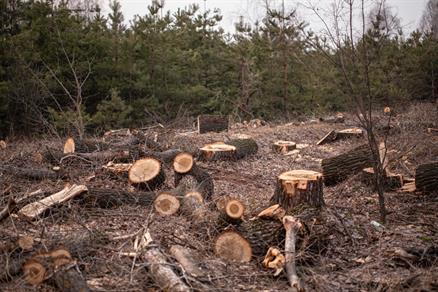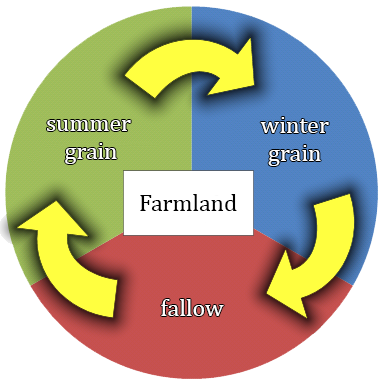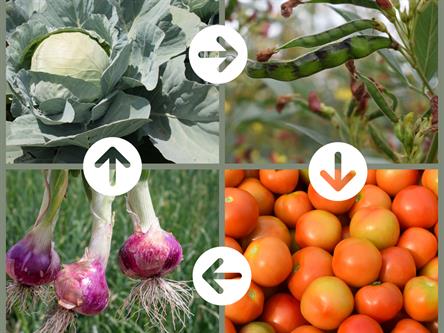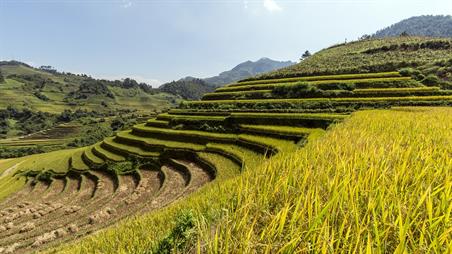
PUMPA - SMART LEARNING
எங்கள் ஆசிரியர்களுடன் 1-ஆன்-1 ஆலோசனை நேரத்தைப் பெறுங்கள். டாப்பர் ஆவதற்கு நாங்கள் பயிற்சி அளிப்போம்
Book Free DemoSoil erosion is caused naturally due to:
1. High velocity of wind: When strong winds blow, the humus along with the topsoil is swept away by it. This occurs when the soil is not covered with vegetation (grass or plants).
2. Flowing water and rain: Soil particles are carried away by flowing rivers and streams. The soil in hilly areas gets washed away when it rains. This can result in flooding, which leads to the loss of lives and property. Water erosion also leads to loss of agriculture.
3. Landslides
4. Air currents
Soil erosion is caused due to human activities such as:
1. Deforestation: Humans have destroyed the forests and used the land to cultivate or grow crops to feed the ever-increasing population, construct houses, industries, etc. Cutting down trees for these purposes on a large scale is called deforestation. When large forest areas are cleared, the topsoil gets eroded by wind and flowing water.

Deforestation
2. Farming or agriculture: Soil erosion is primarily caused by farming practices. The trees are cleared, and the land is ploughed to sow new seeds. As the majority of the crops are planted in spring, the land is left barren during winters. Thus, during winter, most of the soil is eroded.
3. Cattle overgrazing: When cattle are permitted to graze on the same field repeatedly, they consume all of the available grass, including the roots. This exposes the topsoil to wind and water, leading to soil erosion.
4. Mining and logging: Mining activities disturb the land and make the soil more prone to erosion. During logging, a vast number of trees are cut down. Trees firmly hold the soil. The leaf litter that protects the soil from erosion is also removed during logging.
Management of soil erosion:
1. Retain vegetation cover so that soil is not exposed.
2. Afforestation
3. Cattle grazing should be strictly regulated or controlled.
4. Crop rotation and soil management improve soil organic matter.
Crop rotation: Between harvesting one crop and growing the next crop, the fields remain fallow. This is the time when the farmland is devoid of crops.

Crop rotation
To prevent soil erosion, the farmer either grows grass or other crops during this time, which aids the soil's recovery of lost minerals.
Crop rotation is planting different crops, chosen in a series and grown on a piece of land in a pre-planned succession.
Thus, crop rotation helps in reducing soil erosion and increases soil fertility and crop yield.

Crop rotation
5. The runoff water should be stored in the catchment area.
6. Reforestation, terracing and contour ploughing must be practised.
Terracing: In hilly areas, farming is practised by cutting steps on the slopes of the hills. This slows down the flow of water and soil from one step is deposited on the next. As a result, the soil is never entirely depleted. This is called terrace farming.

Terrace farming
7. Planting trees in the form of a shelterbelt can help control the wind speed. Strong winds are slowed by the plants and trees surrounding the area, which protects the soil from being blown away.

Reference:
https://pixabay.com/de/photos/terrassierte-felder-reis-ernten-6125871/
https://commons.wikimedia.org/wiki/File:Crop_rotation_graphic_--_en.png